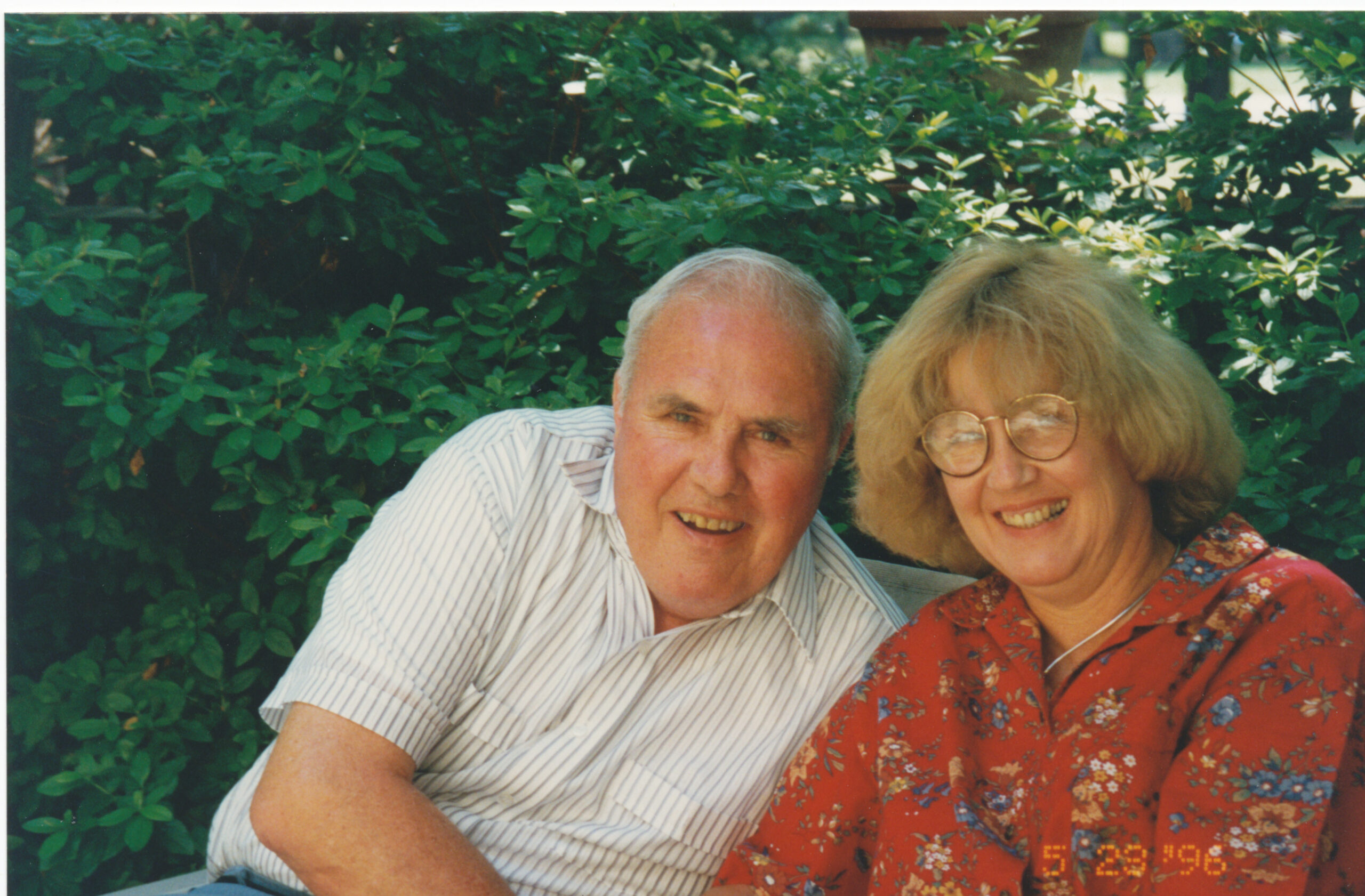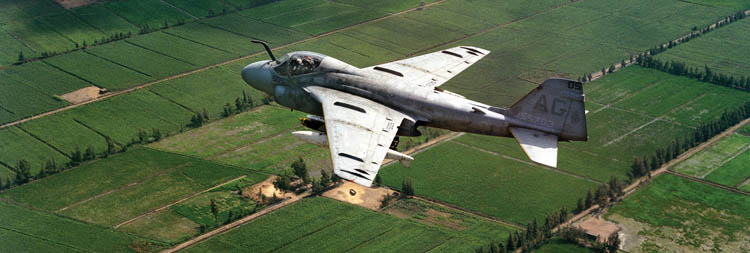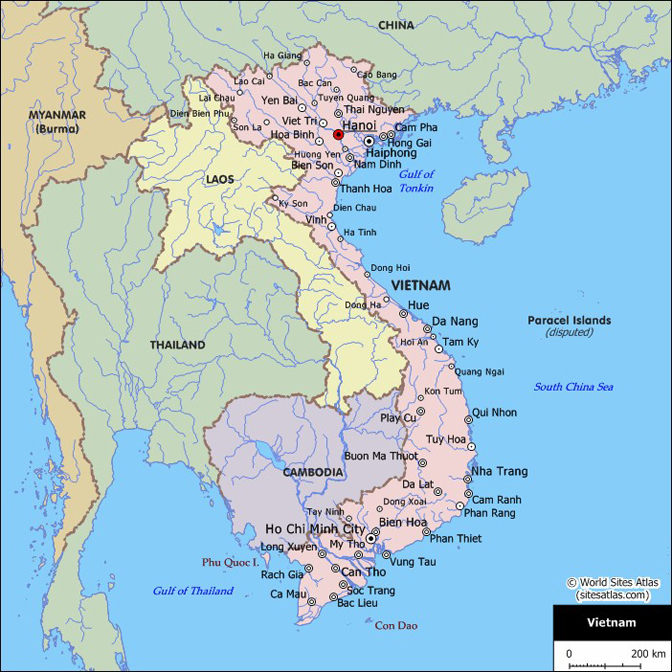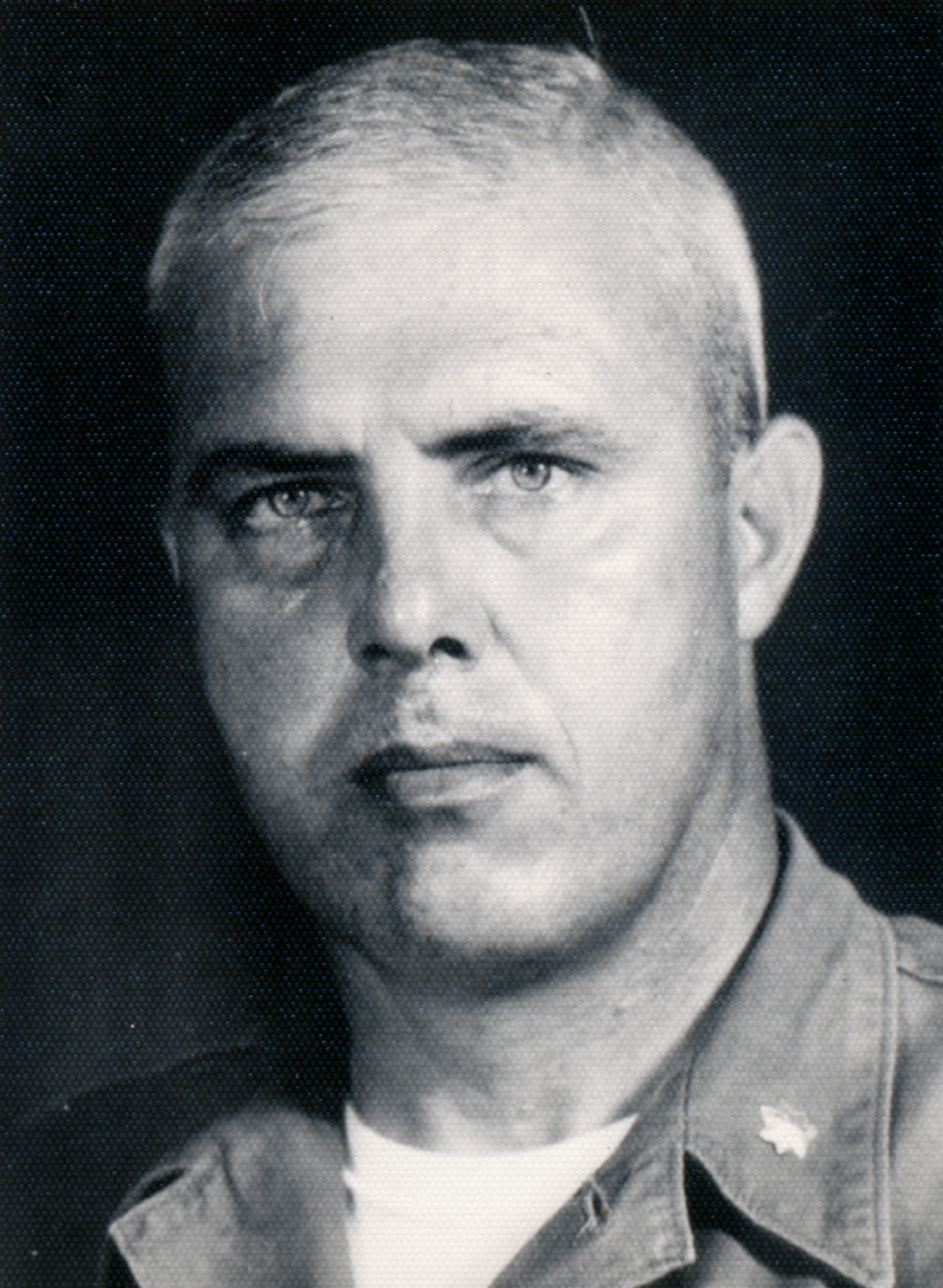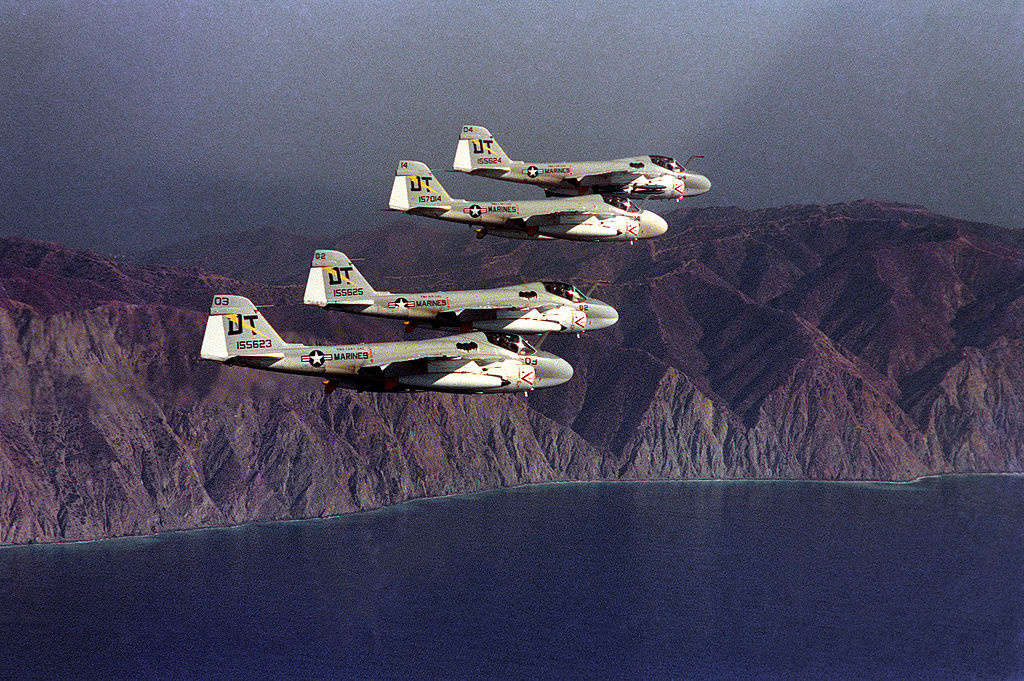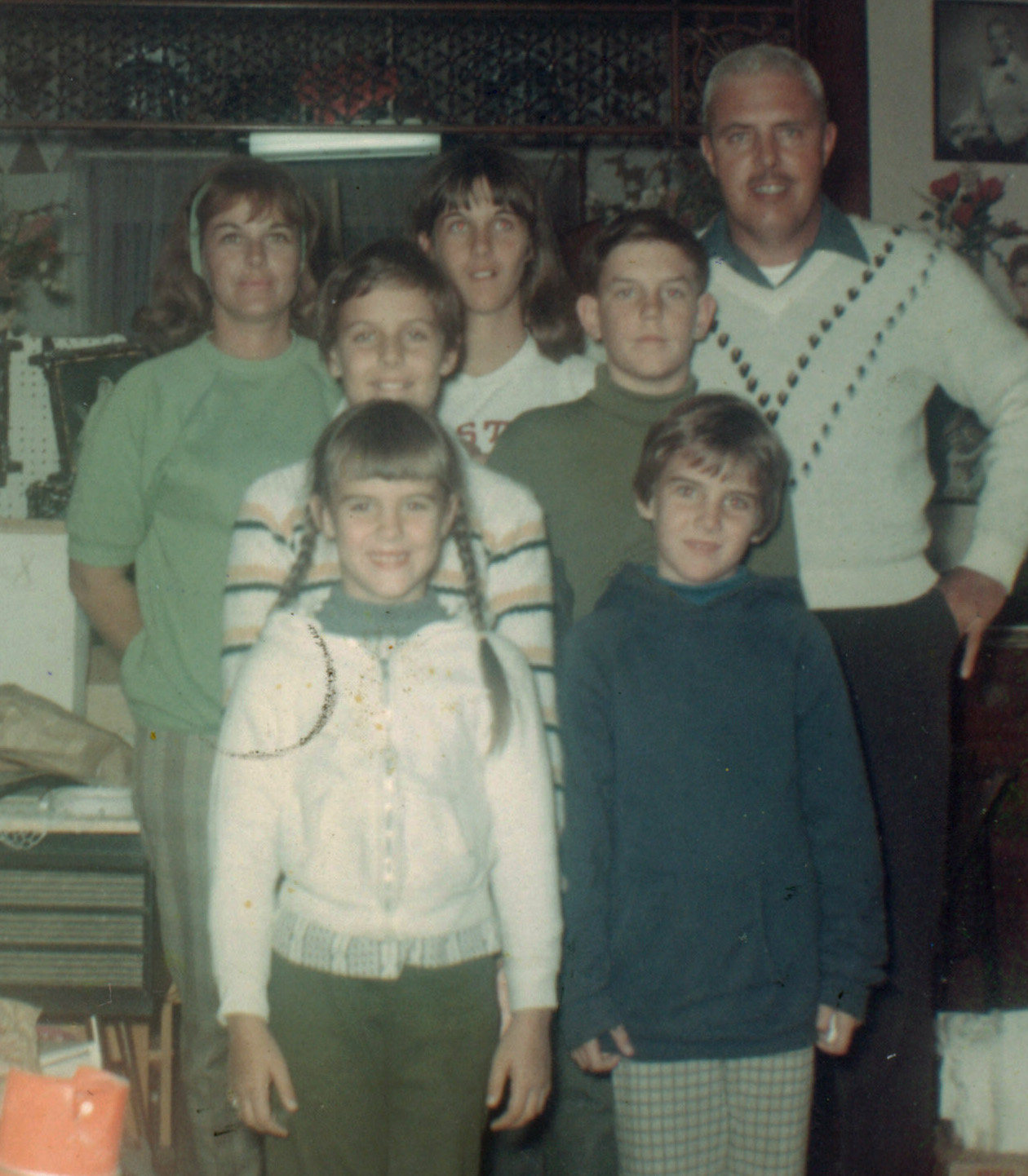June 18, 2023
“A Change is Coming”
Welcome:
Normally this time after Pentecost we would be showing Green on the alter. Pastor Barb has left us with Red, the color of Pentecost. Pentecost is when we are called by the Holy Spirit to go forth and spread the Good News.
I recently read in the Great Plains Daily Devotion: “On Pentecost the Holy Spirit entered each believer and the Holy Spirit has continued to dwell with in each person who follows Christ ever since that day.”
That means that each and everyone here today has the Holy Spirit with in them. As we recognize the Holy Spirit with in each of us, we find a wonderful way to start our celebration today!
A Time with our Children:
Our Pastor Barb has retired so she is not going to be our pastor any longer. We will have a new pastor, Annie Ricker who will start in 2 weeks.
Pastor Barb has been the pastor that has shown you the Light and Word of Christ for your lifetime. Soon Pastor Annie will be our pastor and she will be the pastor that will show us all the Light and Word of Christ.
I want to show you this flashlight? What color is it? (Red) – Now let me show you the light that comes from it.
This is another flashlight. What color is it? (Blue) – When I shine it; does the light look the same as the red one? The flashlights look different but both give the same light.
These different colored flashlights have the same light. This is like Pastor Barb (hold up the Red flashlight) and this is like Pastor Annie (hold up the Blue flashlight); pastor Annie will look and talk differently than Pastor Barb but she will shine the same Light and Word of Christ!
Now let me give you each a colored flashlight.
Turn them on and point them at the cross, so now we can all light up the cross.
I hope you will pray that Pastor Barb enjoys her retirement and for Pastor Annie as she gets to know all of us.
Let us pray for these Children; “May God bless you as you grow, as you go, as you play, and bless you today.” “God bless these children and help them to grow bigger and stronger and wiser and more in love with Jesus Christ and all people everywhere.”
And all the people say – Amen!
Sermon:
Would having a child at 90 change your Life? What about nine months of being pregnant and then having those labor pains! So, how would you handle all that change? Sarah just laughed.
Before today’s reading in Genesis Chapter15, God promised Abram, that his direct descendants through his and Sarai’s son will be as numerous as the stars in the night sky. Then in Chapter 16, Abram’s wife Sarai thought she was too old to have children. So not believing God she took matters into her own hands by giving Abram her servant Hagar who gave birth to Ishmael. This not believing God caused Sarai much distress.
In Chapter 17 God changed her name from Sarai to Sarah, and changed Abram’s name to Abraham.
Then in Chapter 18, God came to Abraham and told Sarah, when she was 90 years old, that she was going to have a Son. All Sarah could do was to smile and laugh.
Sarah did have a son, Isaac, and God’s promise to Abraham that his descendants would be as numerous as the stars did come true. Through Jesus Christ we are part of that promise.
God changed Sarah’s and her husband’s name. She had her slave give birth to her husband’s son because of not believing God. Then! to top it all off she was told that she would have to go through labor pains at 90 years old! All of this was a lot of change for Sarah to manage. She handled it with a smile and a laugh.
(Prayer)Join me as I Pray. Lord, fill our hearts with joy even in the midst of the uncertainties of change. We have all seen change in our lives, some good and some not so good. We want to thank you Lord for your constant love and guidance during those changing times. Help us cherish those good changes and guide us as we work through those not so good changes. We know that if we lean on God during changes in our life, he will continue to help us. In Jesus’s name we pray. Amen.
Changes started early in my life. When I was just 3, my father died. I don’t have any memories of him except seeing several men that carried him out of our home. My mom did tell me that my memory wasn’t completely correct, but she never told me how it did happen.
Months later, my bother Bill and I were taken to Kentucky by our grandmother to stay with our aunt and uncle while mom went to beauty school. When we came back to Potwin, Kansas, there was a strange man that came to visit mom, a lot. I do remember one time when Bill and I were sitting on the front porch with our dog, Tippy. This strange man picked up Bill and tickled him. Tippy thought he was hurting Bill so Tippy bit him on the leg.
Well, it turned out this strange man married our mom and shortly afterwards mom was pregnant with our sister, Kathie. Then mom and this man started to build a new home. That was it! Bill and I were happy with just living with mom in our old house; we didn’t want all these changes. We decided to run away!
Now living in a very small town like Potwin with about 500 people (if you counted the dogs). It is hard to run away when you are 4 and your brother is 2. Needless to say, mom found out where we were before we had walked a block.
During the summer between my 4th and 5th grades I was adopted by that strange man that I now called daddy. My last name changed, as God had done to Sarah, from Elkins to Resnik. I instantly inherited 12 uncles and aunts along with tons of cousins. All of that was great, but it also caused problems.
My 5th grade teacher was new to our school so she was taking roll that first day of class and the roll was based on the roll from 4th grade. When she called out Robert Elkins, I held up my hand. Then she got to the new kids in class and she called out Robert Resnik, and again I held up my hand. Well, she didn’t believe that and wanted to argue about my last name. She may have thought that I was covering for someone that was absent. As I remember she apologized the next day.
That name change thing is still causing me problems. While working on my genealogy I wanted the date of Raymond Elkins’ death, he was my birth father. I know the year Raymond died but not the month and day. I thought I would just go to the Vital Statistics Department and get a copy of his death certificate. To get a death certificate you must be a close relative. I was his son, so I figured that would be close enough. I had my original birth certificate that shows Raymond as my father. I also had my adopted birth certificate showing my mother and the same date of birth but it shows Al Resnik as my father.
I went into the State office building, filled out the electronic form then took a seat. In just a little while I was called up to the window by a clerk who started asking questions about why I wanted the death certificate. I explained the information I wanted. She then told me; she was sorry but with my name change she could not give me the certificate. I then showed her my original birth certificate and my adopted certificate. She said that the adopted certificate voided my original certificate so she couldn’t accept it as proof that I was a close relative. She said that she would need a letter from another close relative. I explained that the only living close relative was my brother Bill and he was also adopted.
I asked if there was any other document that would help. She gave me a brochure that listed other resources I could check to see if they had the date. I thanked her and told her with a smile, “I guess you can’t fight bureaucracy.” I said I hoped she would have a good rest of her day and started to walk out of the office. I was almost to the door when she called me back. She gave me her supervisor’s card and told me to give her a call to see if anything else could be done. Again, I thanked her! It is not easy being kind when things don’t go our way. I wonder if the reason she called me back was because I didn’t argue about disagreeing about my original birth certificate?
I have been working on this sermon, so I haven’t taken the time to follow up on her suggestion of calling her supervisor.
As we all know we have a lot of changes coming here at our church. We are changing to Pastor Annie who will be a part-time pastor. Plus, we had to change the time of our Sunday service to 11. Like I said lots of change and change is hard.
How are we going to handle that change? Are we going to be like me and my brother and run away? Are we going to be like my 5th grade teacher and disbelieve the change? Are we going to disagree and argue among ourselves? Or are we going to be like Sarah who was smiling and laughing. I pray that we welcome what God has done to change our life here at our Church.
Closing Statement:
Let me leave you with this final thought: The Biblical scholar Walter Brueggemann writes: “Laughter is a biblical way of receiving a newness which cannot be explained. The newness is sheer gift—underived, unwarranted.”
That laugh of Sarah’s was not her last laugh. She did conceive and she named her child Isaac, which means, “laughter.” Can you imagine? Every time Abraham and Sarah called him in for dinner, they called, “Laughter!” Every time they scolded him, they said “Laughter, stop that!” Every time they tucked him in at night they said, “Good night, Laughter.”
Every day, several times a day, they were reminded of holy, unwarranted, inexplicable grace. I suspect it kept them grinning from son up to son down. I hope the same is true for you today. It’s not about childbearing. It’s about each “newness as sheer gift.”

